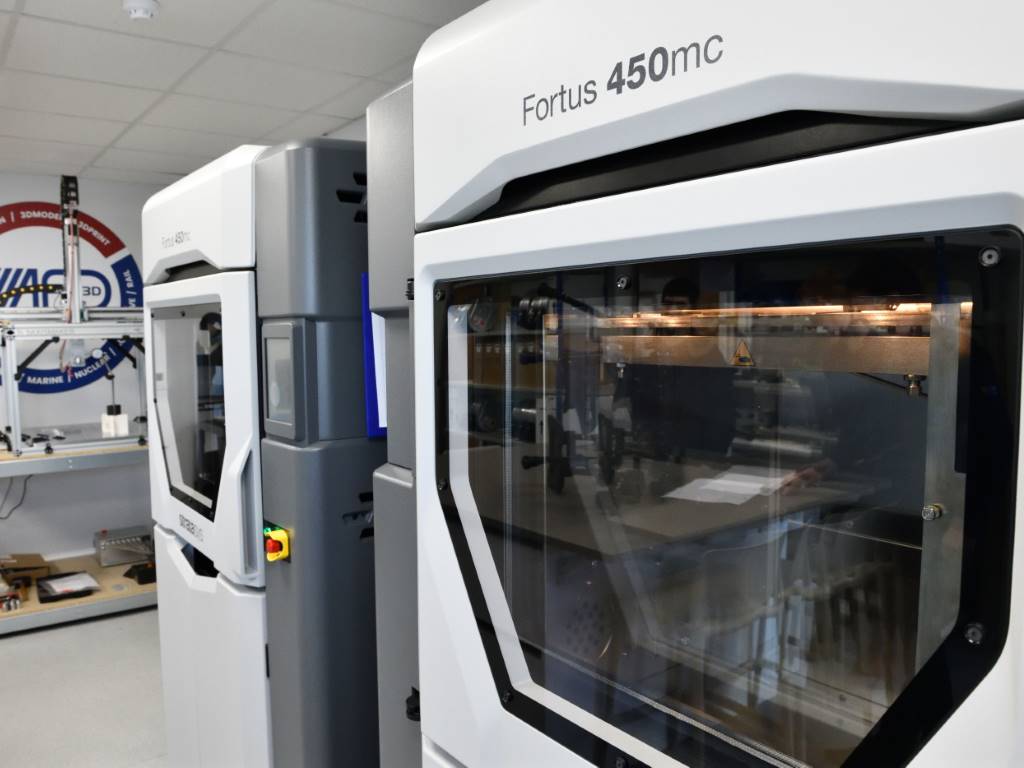Report urges further investment in railways

The Institution of Mechanical Engineers and TRL has recommended how to manage railway demand which is forecast to double over the next 30 years.
Closer running to increase the frequency of train services, alongside investment in new railway infrastructure, are among the recommendations to boost UK rail capacity in the new report.
The report, ‘Increasing capacity; putting Britain’s railways back on track’, makes recommendations to meet growing rail passenger demand, which is forecast to double by the 2040s. The Institution of Mechanical Engineers and TRL say they are offering sustainable solutions for the challenges to ease crowding, improve punctuality, and unlock capacity.
Philippa Oldham, head of transport at the Institution of Mechanical Engineers and co-lead author of the report, said: “Increasing the UK rail capacity is vital to the country’s economic growth. High Speed 2 alone is expected to return more than £2 for every £1 invested, boosting annual productivity by over £8bn.
“Although there are already exciting projects nearing completion, such as Crossrail, these are largely about catching up with under-investment over the past 100 years. With demand set to double in the next 30 years, we need to step-up efforts to ease crowding, improve punctuality and unlock further capacity.
“Relieving bottlenecks using flyovers and shorter signalling sections are some of the proposals in this report. The engineering proposals for UK rail capacity improvement are made in the context of much-needed transport infrastructure investment, where the UK falls 40% short of recommendations by the Organisation for Economic Co-operation and Development.”
Rebeka Sellick, head of rail at TRL and co-lead author of the report, added: “More than 5,000 new coaches are already on order across our UK network, supporting improvements that enable longer trains and slicker station stops. These measures will reduce train crowding, improve punctuality and increase capacity. But with rail demand doubling, Brexit, and the advent of autonomous road vehicles, the UK now has the chance to develop a fully integrated transport strategy for road and rail.
“Railways are best for environmentally-friendly, high-capacity, long-distance journeys for people and goods; and for mass transit within and into our cities. Projects such as High Speed 2, Northern Powerhouse Rail and on London Underground will deliver significant inter-city and sub-urban capacity, but we need more.
“Closer running for more capacity with more frequent train services needs clever signalling and smarter traffic management systems. Such further railway investment and innovation will create jobs within the UK, and boost exports.”
The new report highlights changes already being implemented and makes four key recommendations for the rail industry and Government to further increase the UK railway capacity urgently needed by:
1. Speeding up new technologies and pioneering closer-running to increase the frequency of train services and fast-track world-leading development of secure train-to-train communication systems.
2. Implementing the solutions already developed such as innovations like REPOINT for more reliable, quicker-operating sets of points and SUSTRAIL for faster freight wagons to help overcome business barriers for using the rail network.
3. Creating the next batch of new solutions; particularly post-Brexit, ramping up British R&D investment to replace EU funding for new solutions; stimulate matched private sector commitment to create better UK railways and encourage exporting.
4. Investing in the delivery of known solutions to relieve bottlenecks. Deploying existing best practice, including building new railway infrastructure for capacity (new high speed lines, electrification, local connectivity) and other well-proven techniques like flyovers and shorter signalling sections.
According to the report the UK railway carries more than twice as many passengers as 20 years ago: passenger numbers per kilometre are up 116% and freight tonnage is up 34% per kilometre. Rail passenger demand is forecast to double again by the 2040s.
The report is based on learning lessons on how to increase capacity using four case studies: London Underground’s Victoria line upgrade, the Wessex routes into and out of London’s Waterloo station, the Northern Powerhouse Rail, and High Speed 2.
IMECHE www.imeche.org
TRL www.trl.co.uk













